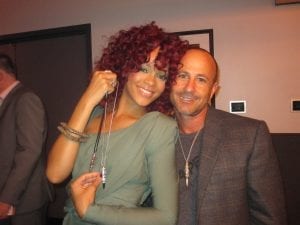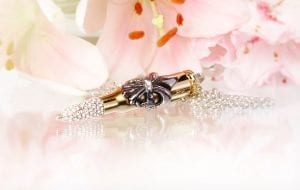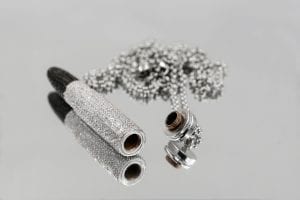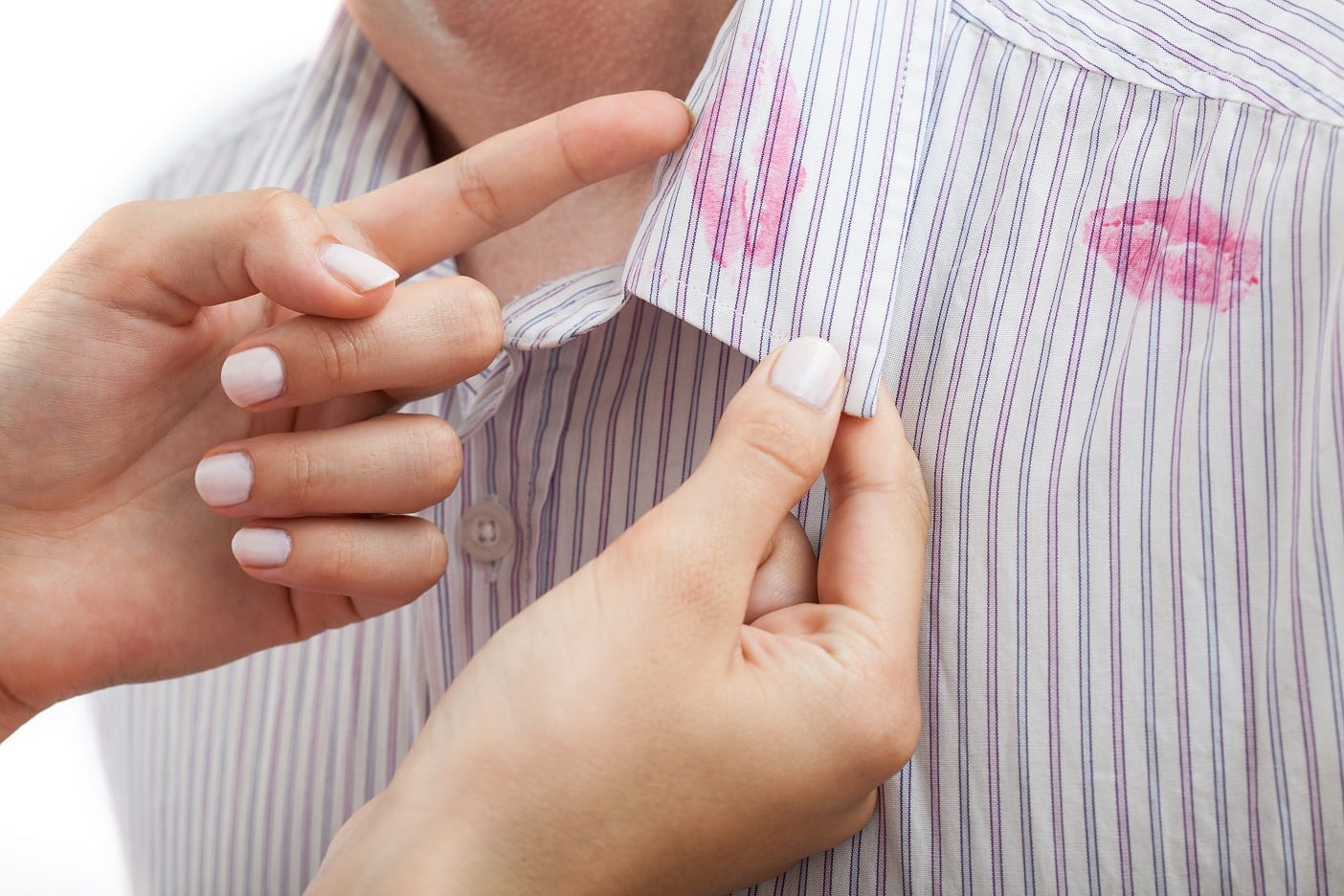I remember the first time I truly saw the horrific effects war had on people. It was my dad’s best friend, a man we called “Uncle Bunny” due to a joke he used to make using a napkin folded into the shape of a rabbit. Uncle Bunny was a man who I looked up to.
He was a lot like my dad; a studious rebel with a wicked sense of humor and a joie de vivre. He was wild. He was a college professor like my dad, too. Both he and my dad hated the idea of going to war with a passion. Unlike my dad, he was also a Vietnam War veteran who suffered from dioxin poisoning.
Years ago, I made the mistake of asking him about Vietnam War. The strong, smiling face I knew to look up to suddenly faded. His smile turned into pressed lips of anguish, his eyes slowly welled up with tears, looking at something that only he could see.
I immediately realized I asked the wrong question, but I couldn’t figure out how to make things better. I stood wide-eyed and silent, looking at him as he spent a moment in silence, on the verge of tears. He gave me the most sorrowful look I ever saw him give, and then said in an uncharacteristically quiet voice, “War is hell. That’s all you need to know.”
I don’t know what made him react like that. I don’t know what he saw. I did know, however, that it broke something inside of him. It was something so horrific, he could never fully heal from it. I never saw that look in his eyes again, because the Agent Orange he was exposed to killed him before I could see him again.
That wasn’t the last time I saw that expression. I soon started to recognize that look on other people I knew.
My drinking buddy, who we call “Machine,” was the next one. When I mentioned something about a video game about war, he gave me that same look. He then told me an adage I heard other veteran friends of mine say: “You have not seen evil until you look into the eyes of a man trying to kill you.”
Painful as certain things I’ve experienced were, I imagine they’re nothing compared to war. I don’t need to experience a full-on deployment to know that war is hell. The looks on their eyes said everything; ending war and ceasing gun violence is a must for all of us.
When I got into contact with jewelry designer Rafael Anteby, it didn’t take long for me to realize how well he understood the need for peace in the world. Rafi, as he’s called by those who know him, is from Israel—and he personally has seen the ravages of war while he grew up.
He decided to take a stand against war by creating artwork that raises awareness and helps prevent peace. Once I heard his story and the background of his Bullets4Peace movement, I knew I had to help share it with the world.
A Story About Bullets
“Do you know that bullets are typically reused?”
It was one of the first questions he asked me. He said it almost casually. I told him I didn’t, and that’s when Rafi explained how bullets are reused. It was then that I learned that bullets are almost always partially reused.
“The metal, brass, is expensive. So people collect the bullet casings so they can reuse them. They shoot them for practice first, then reuse the casings in new bullets. Despite the reuse, there are more bullets than there are people,” he said.
That’s over 7 billion bullets.
Rafi then explained something that he learned as a youth in Israel. Not only are bullets reused, but in certain parts of the world, the people sent to recollect the casings are children. The practice of having child bullet collectors is still practiced in extremely war-torn parts of Africa.

As a youth in Israel, Rafi lost many friends and family members to war. During his time in the Israeli military, his platoon was bombed. Everyone in his group was killed, except for him. After the service, he lost his best friend to war attack. After so much loss, he knew he had to do something to make it stop.
Make Art, Not War
Rafi is a man of many talents. He’s a martial artist who teaches underprivileged children how to defend themselves. He is a brilliant businessman. Above all, he’s an artist. He decided to turn his artwork into a weapon against gun violence and war. ‘
To do this, he created a line of jewelry designed to raise awareness while curbing the amount of bullets that can remain useful to warring groups. He called this movement “Bullets4Peace,” and it is nothing short of spectacular.

Each necklace that is part of the movement is made from a real bullet casing that has been repurposed and decorated. Using his skills, he created amazing works of art that made the bullets they were made from impossible to fire again.

Raising awareness is done in several different ways. To ensure people see the peaceful message, he adds designs like peace symbols, oms, and Hamsa hands to them. Bullets4Peace also partners with nonprofits to help raise funds for areas that are ravaged by war and need assistance to promote peace.
“I sometimes do special pieces for fundraisers. With one, we created a line of jewelry that raised $80,000 for charity,” he explained. “I was so happy to see the reception.”
Fans From Every Corner of the World
To a point, Bullets4Peace has become a secret fashion status symbol. It’s a stylish movement that helps the world become a better place. That’s why his line has been spotted on people like Justin Timberlake, Beyonce, and Jennifer Lawrence.

It’s easy to see why Hollywood loves his work, too. The jewelry’s glitzy appearance makes it perfect for the red carpet.
In a world filled with plastic branding, Bullets4Peace is an amazing example of authenticity that wins over people on every level. This isn’t just a “good vibes” aesthetic; this jewelry helps spread the word of peace in places that need it the most.
Despite his anti-war stance, Rafi is still a strong believer in the teachings of martial arts. In fact, his wearable artwork actually illustrates an important tenet of martial arts. As he explained, “Martial arts is not about seeking trouble. It’s about avoiding it and living a life of peace. Martial arts is about ending the fight and ensuring peace, not starting it.”







